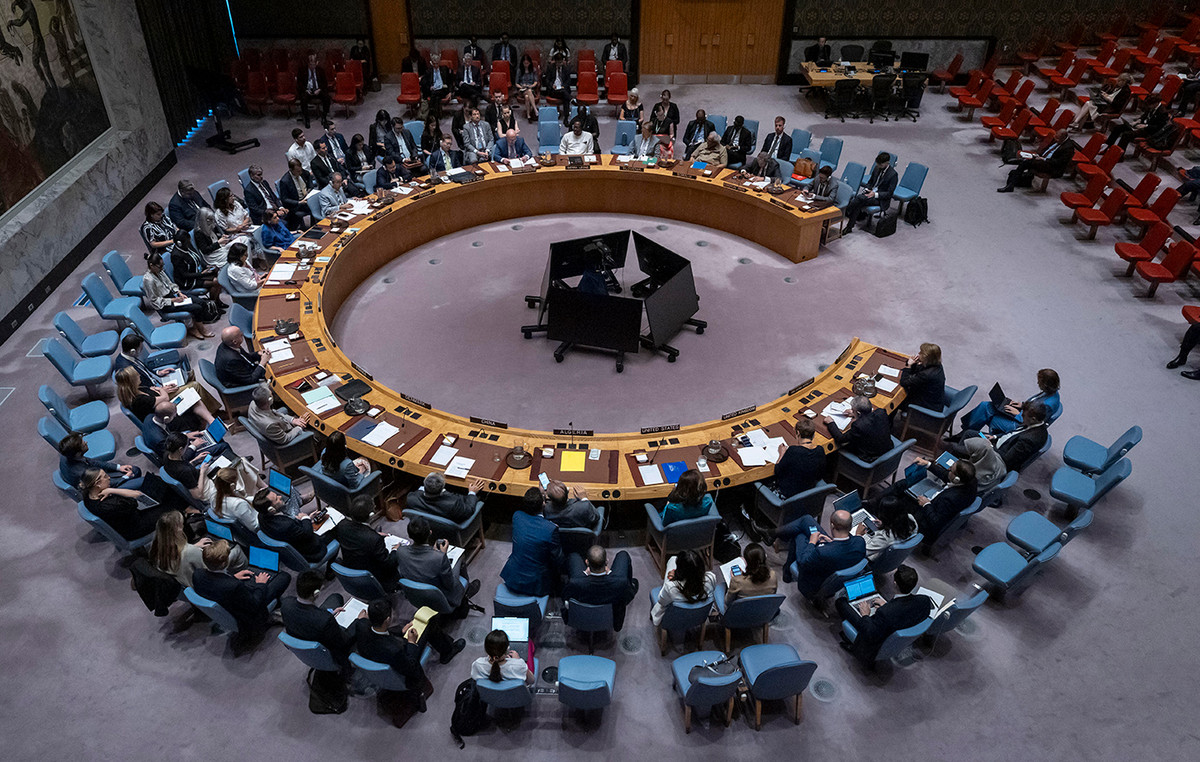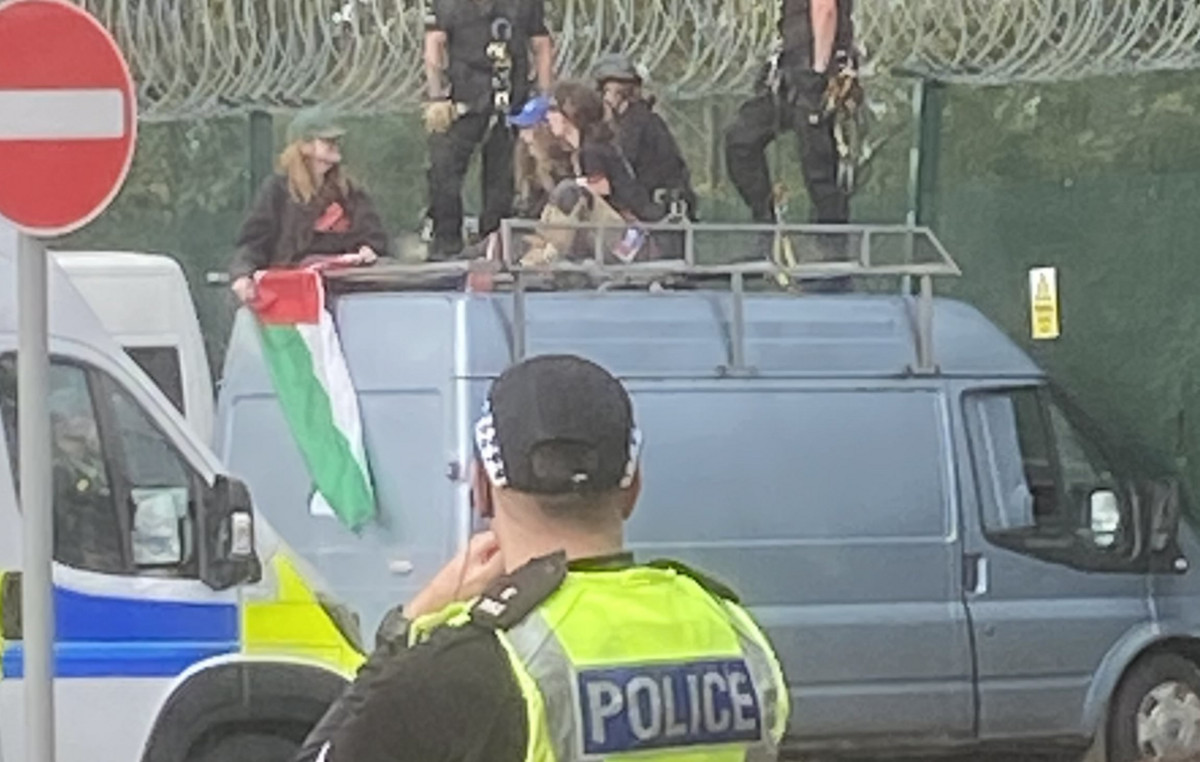By Hal Brands
The leaders of the North Atlantic Treaty Organization (NATO) countries are in Madrid for the alliance’s most important summit in a generation. NATO seems to have overcome Turkish diplomatic blackmail and is finally bringing in two new members, Sweden and Finland. He must also approve a new transatlantic security doctrine amid Russia’s ongoing military offensive in Ukraine.
Moreover, the alliance – and the US – will face an uncomfortable reality: Even if the war in Ukraine takes a heavy toll on Russia, NATO will need a stronger presence in Eastern Europe than it had before the conflict.
The “soft approach”
Since Russia’s initial invasion of Ukraine in 2014, NATO has had a very “subtle” and soft strategy for defending its easternmost members. The alliance “scattered” several thousand soldiers throughout Poland and the Baltic states. He chose to rotate those forces rather than station them there permanently, partly because of cost and partly out of respect for the 1997 agreement with Russia, which Moscow had already flagrantly violated.
A force of such modest strength could not withstand a major Russian attack. It could, however, ensure that American as well as other NATO soldiers would die in such an event, thus triggering a larger, decisive Western response.
Since the day of Russia’s invasion of Ukraine in February, the Pentagon has sent additional forces to Eastern Europe: it now has about 10,000 troops in Poland, 2,500 in Romania and 2,000 in the Baltic states. The largest US military contingent in Germany has also been strengthened, now numbering around 40,000 personnel. The aim was to ensure that Russia, emboldened by what many analysts believed would be an easy submission of Ukraine, would not be tempted to unleash its aggression on NATO soil.
However, Russia was embroiled in a bloody mess, suffering massive losses in infantry, armor, special operations forces and other military capabilities. The ineptitude with which the Kremlin is handling the invasion also raises questions about how highly to rate the remaining Russian troops.
Russia’s blunders have led some NATO members, such as France and Italy, to argue that a larger presence in the east is now unnecessary. And with European countries increasing their defense spending, there are also arguments that the US should leave any additional security measures in Europe to the Europeans and complete its delayed “pivot to Asia” instead.
Nothing is over
These are bad ideas. The outcome in Ukraine is still in doubt, thanks to Moscow’s gains in the east and south and the severe attrition of Kiev’s armed forces. Russia may still achieve a somewhat more limited goal, that of seizing much of Donbas and a “land bridge” to Crimea. One way or another, President Vladimir Putin has shown that he can wreak havoc even with a severely wounded military.
Well-informed analysts have also warned that Russia might do better in a conflict with NATO—the war it has trained and motivated its forces to fight—than it did in Ukraine.
The current conflict has reminded us, moreover, that – in fact – we still do not know Putin’s mind. For years, his risk-taking has baffled even the most astute Kremlin watchers.
More importantly, Ukraine showed why Eastern Europe’s “soft” defense is not enough: it requires front-line states to see key parts of their territory conquered and then patiently wait for liberation.
This was always an unpleasant scenario, because it could allow Russia to grab a piece of land and then use nuclear threats to prevent NATO from striking back. It looks even uglier now that the world knows exactly what crimes Russian forces are committing – rape, murder, torture and other horrific human rights abuses. The problem with a strategy of “delicate” defence, Estonian Prime Minister Kaja Kallas said last week, is that an attack by Russia would mean “complete destruction of our countries and culture”.
Without the USA… it’s not possible
For all the talk of a strengthened European defense, there is no good alternative to the US taking the initiative. The war in Ukraine was an object lesson in the value of American leadership: in the months leading up to February 24, Washington repeatedly warned, based on its unparalleled intelligence capabilities, that Putin was very serious about invading – yet many European leaders were skeptical.
If the US were to decide that Europe can now take care of itself, the result would be a weaker NATO riven by squabbling between front-line states that rightly fear Putin and Western European countries like France that still hope in some diplomatic arrangement.
We are not talking about Cold War-style levels of US military commitment. It would involve the permanent deployment of perhaps 15,000 to 20,000 additional US troops in Eastern Europe and the Baltics, with commensurate additions from other NATO countries. Poland and other front-line states would have to cover the cost of permanently stationing these forces – and indeed, they have already agreed to do so.
NATO will also need – and has signaled it will develop – improved rapid response capabilities, such as pre-designating equipment that larger forces can quickly take over in a crisis. The key is to build capabilities that have a serious chance of thwarting an initial Russian attack until the “cavalry” arrives and defeats the invaders—the kind of effective defense that enhances deterrence by making it hard to imagine that aggression can succeed.
After 30 years of focusing on “remote area” operations like Afghanistan and counter-piracy off Africa, NATO is rediscovering its identity as an alliance dedicated to collective defense.
Leaders meeting in Madrid must ensure that it has the strength necessary in Eastern Europe to properly carry out this critical mission.
Source: Bloomberg
I’m Ava Paul, an experienced news website author with a special focus on the entertainment section. Over the past five years, I have worked in various positions of media and communication at World Stock Market. My experience has given me extensive knowledge in writing, editing, researching and reporting on stories related to the entertainment industry.







